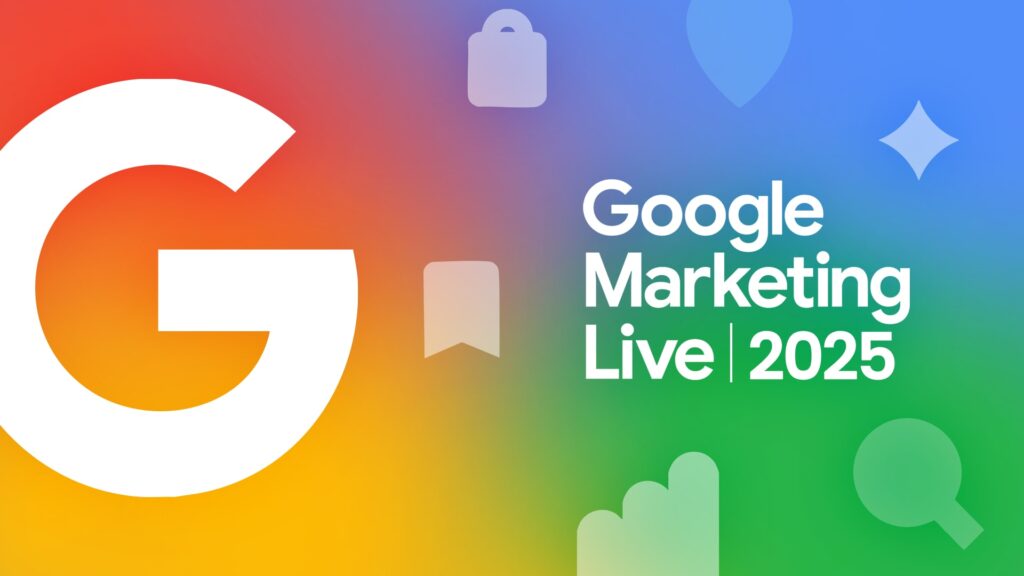
Deinfluencing: The New Wave in Influencer Marketing

In the ever-evolving world of social media, trends come and go faster than you can say “hashtag.” But every now and then, a trend emerges that fundamentally changes the landscape. Enter deinfluencing, the latest buzzword that’s turning the influencer marketing world on its head. But what exactly is deinfluencing, and how does it impact how brands and influencers operate? Let’s break it down.
What Is Deinfluencing?
Deinfluencing is the practice of encouraging people to think critically about their purchasing decisions and resist the pressure to buy products just because influencers endorse them. Unlike traditional influencers who promote products and services, deinfluencers focus on providing honest reviews, highlighting the downsides of products, and advocating for more mindful consumption.
Think of deinfluencers as the anti-influencers. They’re the ones who tell you that you don’t need that $50 face cream or the latest tech gadget. Instead, they might suggest more affordable alternatives or even recommend not buying anything at all. It’s like having a brutally honest friend who’s not afraid to tell you that those designer shoes you’ve been eyeing are just not worth it.
How Did the Deinfluencing Movement Start?
The deinfluencing movement started as a response to the growing skepticism around influencer marketing. With the rise of social media, influencers have become powerful voices (and result-driving partners) in the consumer market. However, this power has also led to concerns about authenticity and transparency. Many consumers began to feel that influencers were more interested in making money than providing genuine recommendations.
The response: deinfluencing videos have grown in popularity, with hashtags like #deinfluencing gaining over 248 million views on platforms like TikTok. These creators saw an opportunity to fill the authenticity gap by offering honest, no-nonsense advice. They started calling out overhyped products and encouraging their followers to think twice before making a purchase. The movement quickly gained traction, resonating with a growing number of consumers who were tired of being bombarded with sponsored content.
The Difference Between Influencing and Deinfluencing
At its core, the difference between influencing and deinfluencing lies in the intent. Influencers aim to persuade their audience to buy products, often through sponsored posts and brand partnerships. Deinfluencers, on the other hand, aim to empower their audience to make informed decisions by providing honest reviews and encouraging critical thinking. It’s a refreshing change of pace in a world where consumerism often feels like it’s on overdrive.

Is Influencer Marketing Over?
So, does this mean influencer marketing is dead? Not at all. Influencer marketing is still a powerful tool for brands, but the rise of deinfluencing signals a shift towards more authentic and transparent marketing practices. Consumers are becoming more discerning, and they’re looking for influencers who are genuine and trustworthy.
Brands that embrace this shift and prioritize authenticity will likely find success in this new era. It’s not about abandoning influencer marketing altogether but rather adapting to the changing expectations of consumers.
Benefits of Deinfluencing
Deinfluencing offers several benefits for both consumers and brands:
- Increased Trust: By promoting honesty and transparency, deinfluencers can build stronger, more trusting relationships with their audience. Disclosing sponsored posts and brand partnerships isn’t just the law but also a way creators can earn long-term loyalty.
- Authentic Engagement: Brands that align with deinfluencers can benefit from more authentic engagement with their target audience. Instead of pushing products, they can focus on building genuine connections and providing real value.
- Mindful Consumption: Deinfluencing encourages consumers to think twice before making unnecessary purchases, leading to less waste and more sustainable consumption habits. This is a win-win for both consumers and the planet.
How to Embrace Deinfluencing in Your Marketing Strategy
If you’re a brand looking to embrace the deinfluencing trend, here are a few tips to get started:
- Partner with Authentic Voices: Look for creators who prioritize honesty and transparency. They are more likely to resonate with your audience and build genuine connections that turn into brand-loyal customers.
- Focus on Value: Instead of only pushing products, offer additional value to your audience. This could be through educational content, helpful tips, or honest reviews.
- Encourage Customer Empowerment: Help your customers be active participants in their buying journey and make informed decisions by providing them with all the information they need. They’ll buy something they truly love and keep coming back.
- Promote Sustainability: Highlight the sustainable aspects of your products and encourage mindful consumption. Many customers today are willing to change their shopping habits to be more environmentally conscious, according to IBM.
Deinfluencing is more than just a trend; it’s a movement towards a more sincere and transparent approach to digital marketing. Curious about how to build a more genuine connection with your audience? Read how you can make your brand more authentic.
Keep Reading
Discover What Drives Results

